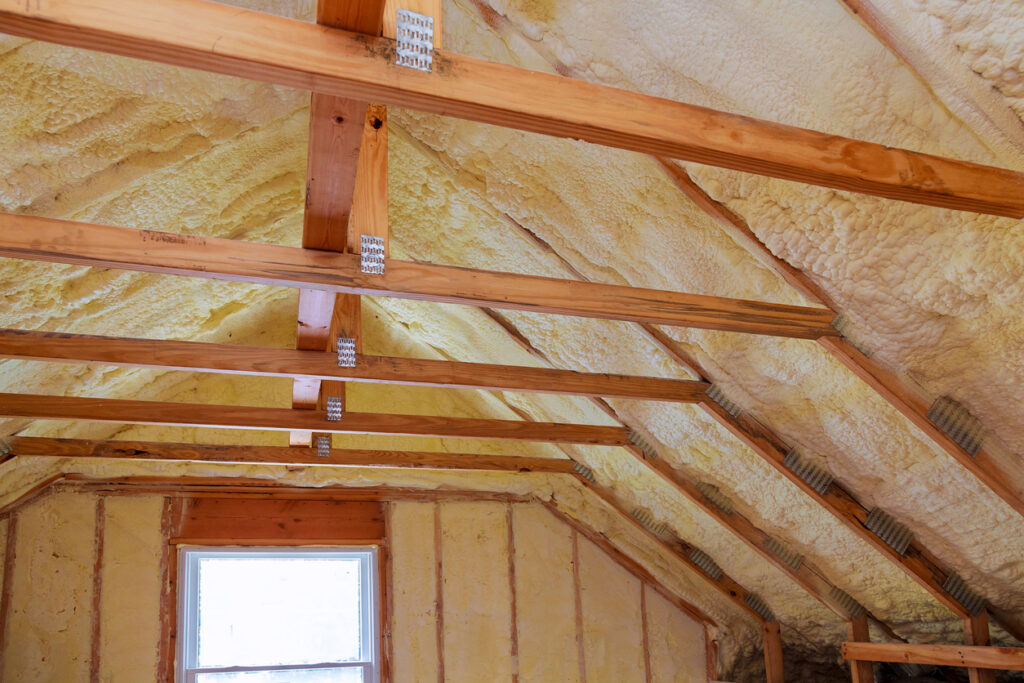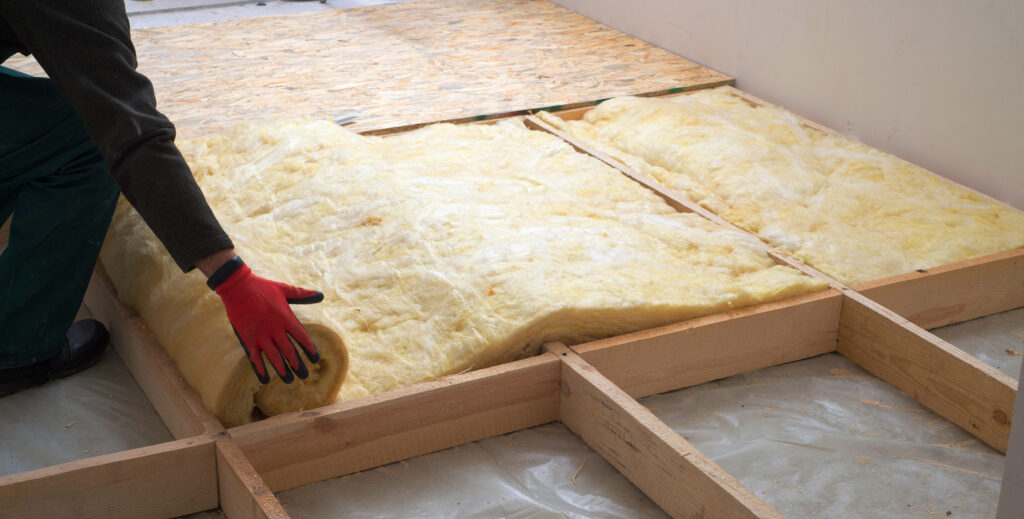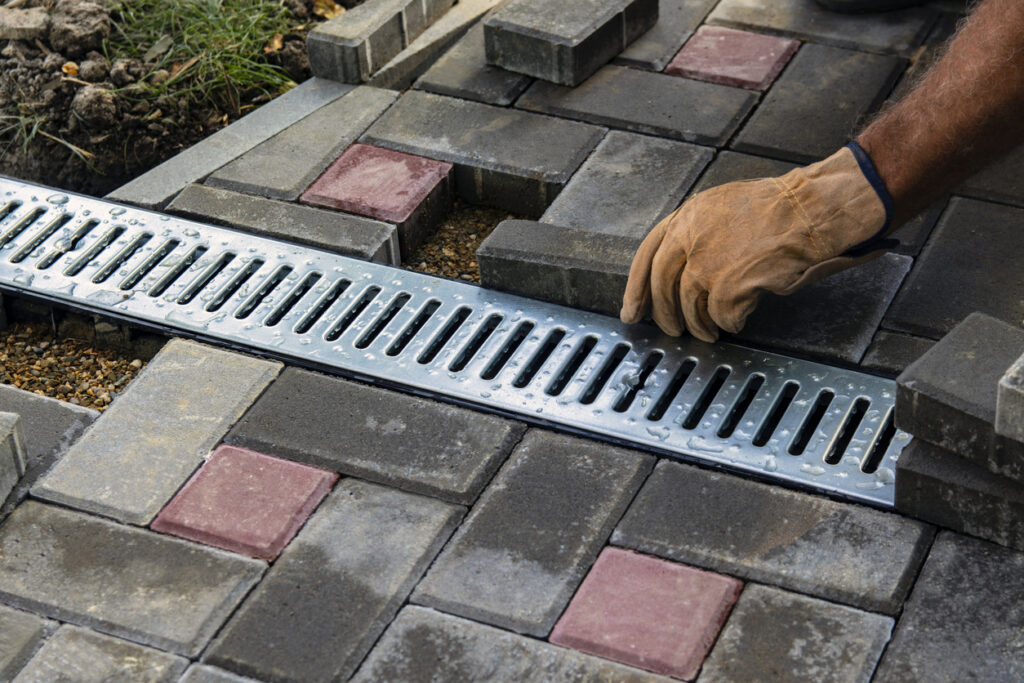The answer depends on where your house is located and the type of insulation in your attic. Building codes now prescribe how much energy new houses should use and therefore call for specific performance criteria for insulation. The effectiveness of the various insulation options is quantified in terms of the resistance of the material to…
Read MoreKeep in mind the purpose of insulation is to impede the transport of energy in the form of heat, between conditioned and unconditioned space. The barrier around the conditioned space in a house is referred to as the thermal envelope, which occurs in the walls, ceilings, and floors of most rooms in your house. One…
Read MoreLet’s be real – no one likes drainage problems near their house. Stormwater management is critical to resolving drainage issues in your lawn and near your house. To accomplish this task, consider where the stormwater originates and how to manage the flow on the ground. So, it rains—on your roof, on your lawn, on your…
Read MoreThe most important consideration is getting the water away from the foundation of the house. To do so, local governmental regulations dictate the height of newly constructed house slabs. Once constructed, you should be able to see approximately 4-6 inches of concrete foundation above the surrounding walks, drives, grass, and flowerbeds. From immediately next to…
Read MoreQuite often roof leaks first show up as damp spots on the drywall ceiling somewhere in the house. And since most of our houses have pitched (sloped) roofs and water runs downhill, the location of a roof leak is very often somewhere “uphill” on the roof. Here are some tips on how to inspect a…
Read MoreFrustrated? Did you recently replace the floors in your house and find your new wood floors are buckled or “cupped”? Do you have an older home where the wood floors have been installed for years only to recognize the wooden floors began the buckle? What possibly has caused this problem? Is the floor material defective? …
Read MoreNow that your offer to purchase a home has been accepted, you are on the clock! Due diligence requirements start, and you generally have limited time to get your mortgage application submitted for preliminary approval, schedule an appraiser if a mortgage is required on the property, and perform a home inspection. A lot is happening…
Read MoreNow that you have decided to refinance your house or perhaps purchase a new home, you may need a mortgage on the property. Simply stated, a mortgage is a loan where your lender gives you money and you pledge the property (house) back to the lender if you do not pay your monthly loan amount.…
Read MoreWhat are some important things to consider when buying a house? – Well, that is a loaded question with unlimited topics. First, consider the conditions that are prompting the move. Is it a job transfer? Have the kids moved to a new school district? Are you considering downsizing? The list is endless. Make a list…
Read MoreIn considering a building addition or remodel, or perhaps a new home, one of the first steps in pursuit of your dream is finding a design team capable of capturing your thoughts and vision. Surely you have ideas of your wants and needs! These ideas must be provided to your design team to help in…
Read More












